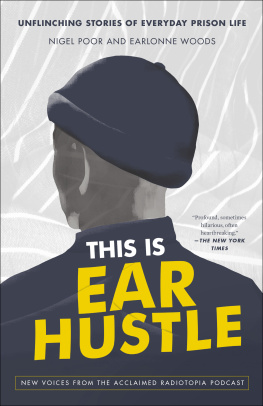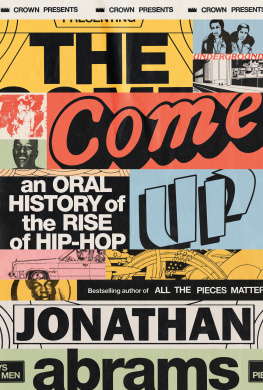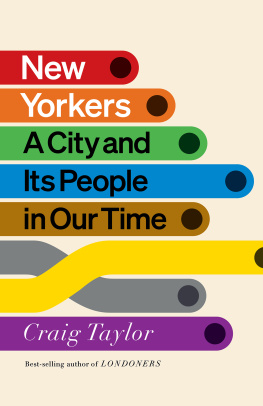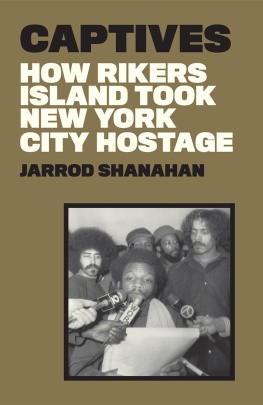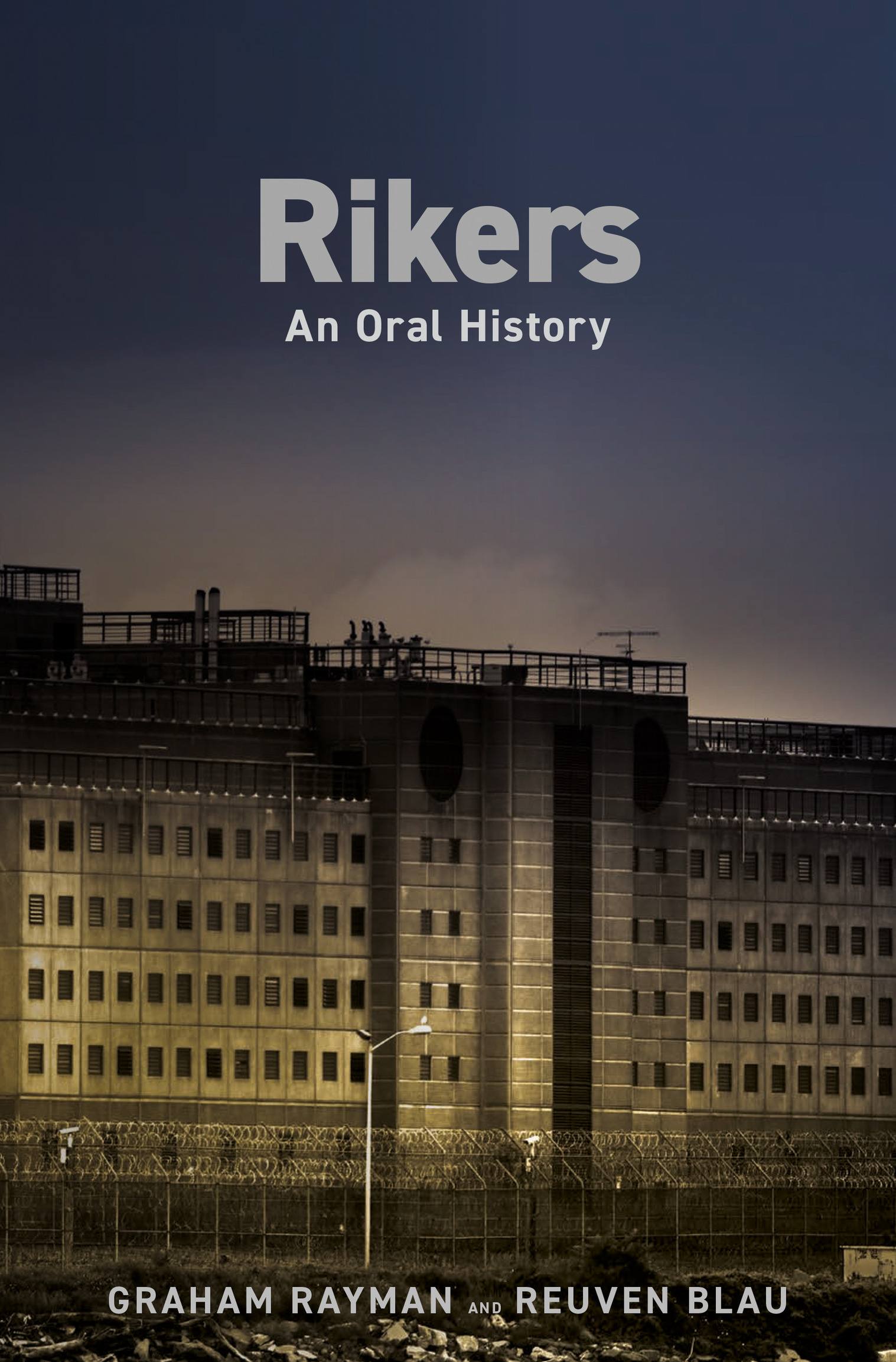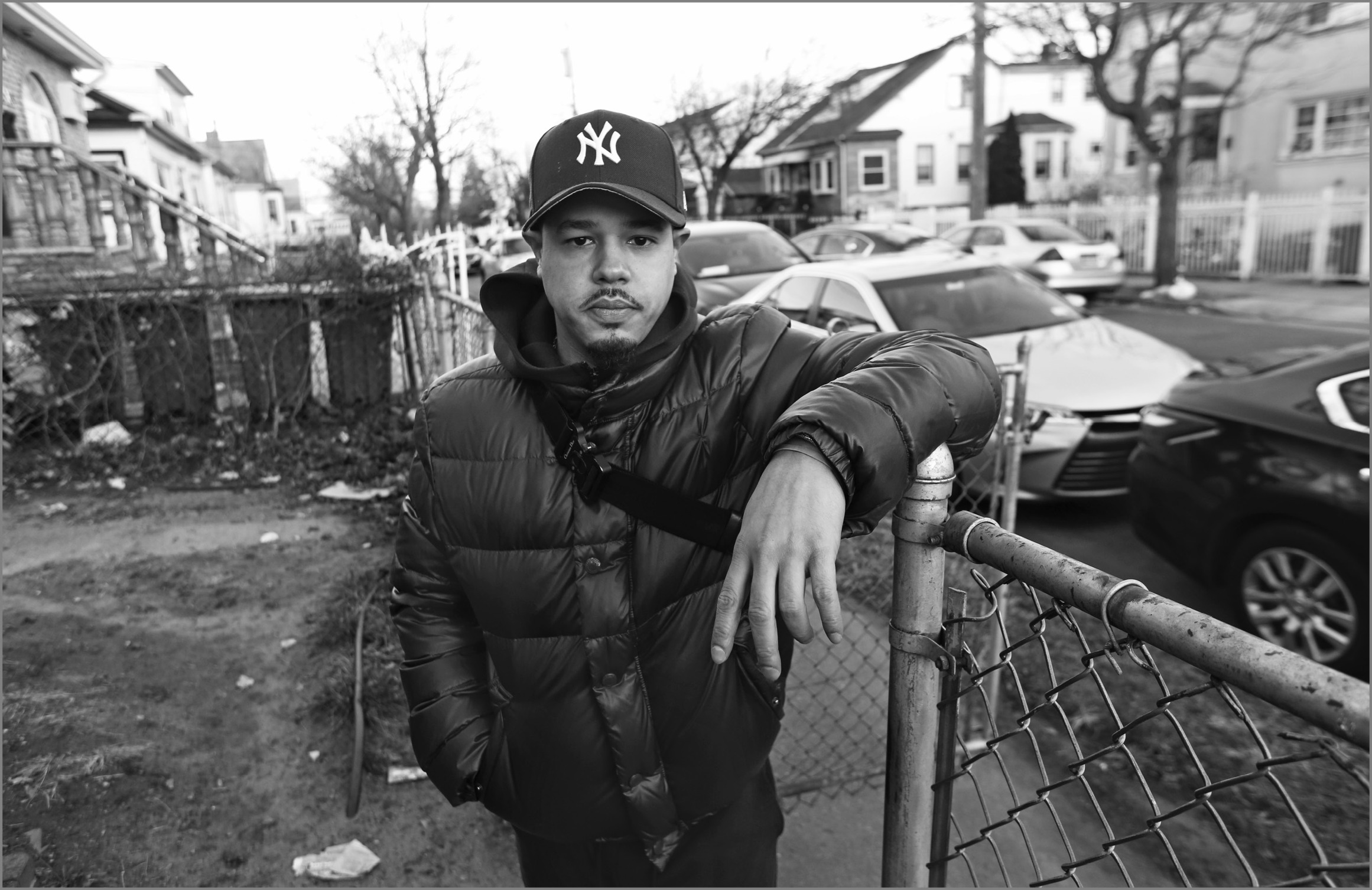Graham Rayman - Rikers: An Oral History
Here you can read online Graham Rayman - Rikers: An Oral History full text of the book (entire story) in english for free. Download pdf and epub, get meaning, cover and reviews about this ebook. year: 2023, publisher: Random House Publishing Group, genre: Detective and thriller. Description of the work, (preface) as well as reviews are available. Best literature library LitArk.com created for fans of good reading and offers a wide selection of genres:
Romance novel
Science fiction
Adventure
Detective
Science
History
Home and family
Prose
Art
Politics
Computer
Non-fiction
Religion
Business
Children
Humor
Choose a favorite category and find really read worthwhile books. Enjoy immersion in the world of imagination, feel the emotions of the characters or learn something new for yourself, make an fascinating discovery.
- Book:Rikers: An Oral History
- Author:
- Publisher:Random House Publishing Group
- Genre:
- Year:2023
- Rating:4 / 5
- Favourites:Add to favourites
- Your mark:
Rikers: An Oral History: summary, description and annotation
We offer to read an annotation, description, summary or preface (depends on what the author of the book "Rikers: An Oral History" wrote himself). If you haven't found the necessary information about the book — write in the comments, we will try to find it.
This mesmerizing and gut-wrenching book shows the brutal realities that tens of thousands of people have been forced to navigate, and survive, in Americas most notorious jail.Piper Kerman, New York Times bestselling author of Orange is the New Black
What happens when you pack almost a dozen jails, bulging at the seams with societys cast-offs, onto a spit of landfill purposefully hidden from public view? Prize-winning journalists Graham Rayman and Reuven Blau have spent two years interviewing more than 130 people comprising a broad cross section of lives touched by New York Citys Rikers Island prison complexfrom incarcerated people and their relatives, to officers, lawyers, and commissioners, with stories spanning the 1970s to the present day. The portrait that emerges calls into question the very nature of justice in America.
Offering a 360-degree view inside the countrys largest detention complex, the deeply personal accountsfeatured here for the first timetake readers on a harrowing journey into every corner of Rikers, a failed society unto itself that reflects societys failings as a whole.
Dr. Homer Venters was shocked by the screams on his first day working at Rikers: Theyre in solitary, just yelling . . . the yelling literally never stops. After a few months, though, Dr. Venters notes, ones ears adjust to the sounds. Nestor Eversley recalls how detainees made weapons from bones. Barry Campbell recalls hiding a razor blade in his mouthjust in case.
These are visceral stories of despair, brutality, resilience, humor, and hope, told by the people who were marooned on the island over the course of decades. As calls to shutter jails and reduce the number of incarcerated people grow louder across the country, with the movement to close the island complex itself at the forefront, Rikers is a resounding lesson about the human consequences of the incarceration industry.
Graham Rayman: author's other books
Who wrote Rikers: An Oral History? Find out the surname, the name of the author of the book and a list of all author's works by series.




